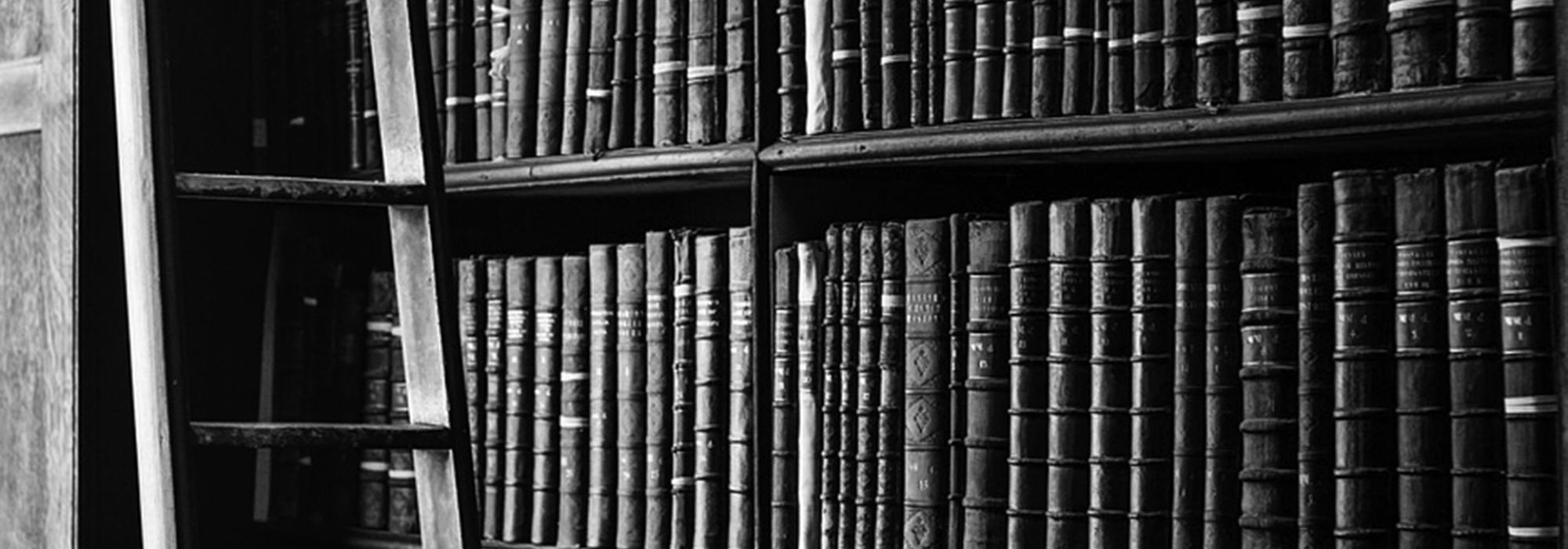The starting salary for teachers in the education department was three rupees. This was during the time of Garret, Leonard, Rice, and other British officers. As this continued for ten to fifteen years a promotion to four rupees was given; and persons who labored for more than twenty years received five rupees. There was a constant recommendation from the officers of the department that this was insufficient and had to be increased. The government used to respond as insufficient funds. During the tenure of Bhabha Saheb[1], there was a pressure to increase this amount from Rs. 5 to Rs. 7. This question remained unresolved for eight to ten years. I was the eye witness to one such scenario of that era.
Krishna Rao
An eminent personality of Mulbagal was M Krishna Rao. He was known as “The man from the big house.”[2] His shares of lands were enormous. Even his home in Mulbagal was huge. Krishna Rao lost his father during his childhood. He moved to Mysore, completed his higher studies there, and became the Head Clerk at Maharaja’s College, Mysore. Krishna Rao was a favourite of principal Weir and Denham.
He married a girl who was related to Diwan [P N] Krishnamurti and that became big news. And so, the people of Mulbagal believed that he possessed great influence. Since he was a relative of the Diwan, and was intimate with Weir, Bhabha, and others, he would know all the secret happenings – this was the widespread notion. The real progress of the recommendation for the teacher’s salary would definitely be known to Krishna Rao was everybody’s belief.
Krishna Rao was my father’s student in his childhood. And so, he and my father were good friends. My father was just a school teacher. The other school teachers of the town were also familiar to Krishna Rao: Thiruvengadayya, Mara Shetty, Chinnaswamy, and Chandrashekhara Shastri.
Krishna Rao came once in a year to Mulbagal for summer holidays – to collect his share from the farmers of Nangali and other places [where he owned lands]. The people of Mulbagal would estimate the day of his arrival and eagerly await for him. The carriage carrying the post would arrive around noon. Typically, it stopped at the Telugu School Circle. The teachers used to gather there. If he did not arrive in the horse carriage, they would go back home thinking he would come tomorrow. This continued for a week or ten days. And one day, Krishna Rao would grace the town with his arrival. Few among the teachers would carry Krishna Rao’s luggage to his home. Krishna Rao would talk to everyone with a smiling face and say, “It’s ok, and we’ll talk. This is something which has to be told in detail. We’ll meet in the afternoon.”
The Episode
That afternoon, the teachers would come near the Telugu School filled with curiosity. Krishna Rao would tell about the experiences during his travels. He would describe the grandeur of Diwan Krishnamurti’s abode. He would also tell the stories of the councillors. By then everyone would be tired.
The next day, it would be the same story. This time it would be the narration of Bhabha Saheb’s story, of Mr. Weir, stories of the college, and it would end with this.
The third day would be the stories of his friends, matters of the village, and the well-being of relatives. The fourth day would be the same. Other than the salary of school teachers, all other secrecies, conspiracies, and preparations – were the topics of the conversation. After this went on for five or six days, one of the teachers would gather courage and ask directly, “You did not utter a word about our salaries!”
Solution
Krishna Rao would then open his mouth about it. “The recommendation has gone my dear. This time it has been recommended very strongly. Definitely it’ll be decided. The only delay is reaching to the Diwan’s table.”
The teachers would be delighted just by hearing this and would further increase their desires.
Krishna Rao returned to Mysore. A month passed, and then two. The promotion dream of teachers remained as a dream itself. Not even a single clue of that materializing was received.
Realization of the Aspirations
However, it was true that Bhabha Saheb was pressurizing the government. Finally it was sanctioned. The salary of school teachers changed from Rs. 5 to Rs. 7. For this great treasure, they struggled for twenty long years! This was a shower of nectar to our teachers. There was neither a limit to the pūjās conducted in the temple nor to praising Bhabha Saheb.
None of them had any thoughts to organize a group strike for insufficient salaries. My father, my maternal uncle, other relatives, school teachers of surrounding villages [in and around Mulbagal], and their friends – none of them had even a fleeting thought of a ‘strike.’ If anyone had advised them such a thing, I’ve no doubt that everyone would have labeled him an idiot. Whatever may be their situation, be it torn clothes, or old dhoti, their opinion was that they had to do their part of work with utter devotion. They followed the same as well.
Note: The Kannada title of this essay is ‘Śikṣaṇa Śraddhe.’ While ‘śikṣaṇa’ means ‘education,’ the word ‘śraddhe’ (‘śraddhā’) has a range of meanings including ‘devotion,’ ‘respect,’ ‘reverence,’ ‘faith,’ ‘trust,’ etc.
This is the fourteenth essay in D V Gundappa’s magnum-opus Jnapakachitrashaale (Volume 8) – Sankirna Smrti-samputa. Edited by Hari Ravikumar.
Footnotes
[1] A reference to Hormasji Jehangir Bhabha, the Education Secretary to the Mysore Government (1890–1909).
[2] The original Kannada phrase can also mean: “The man from the wealthy household.”
















































